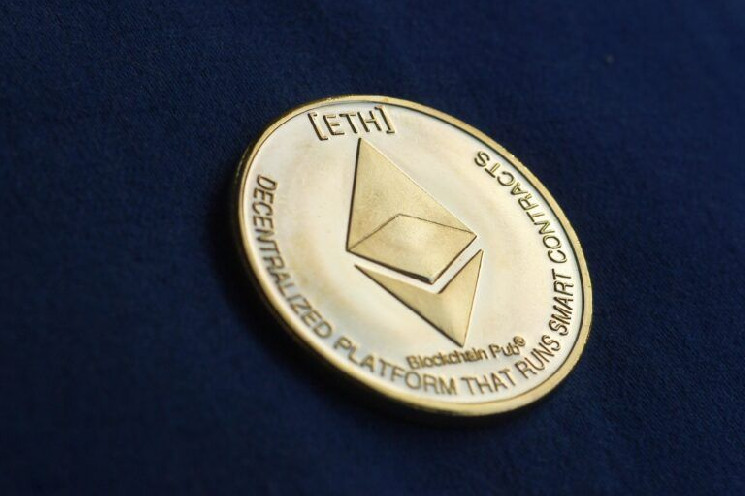In a recent blog post by Matthew Sigel, Head of Digital Assets Research, and Patrick Bush, Senior Investment Analyst for Digital Assets at VanEck, a leading global asset manager, a bold prediction has been made: Ethereum’s price could potentially skyrocket to $11.8K by 2030. This audacious forecast is grounded in a meticulously crafted valuation model that takes into account Ethereum’s recent hard fork and its potential to rival US T-bills.
VanEck recently revisited its valuation model for Ethereum, the world’s second-largest cryptocurrency by market capitalization. This comes in light of Ethereum’s recent hard fork, which allows users to withdraw staked ETH, creating a major new competitor to US T-bills.
Ethereum’s network revenues are projected to rise from an annual rate of $2.6 billion to $51 billion in 2030. Assuming Ethereum captures 70% of the market among smart contract protocols, this implies a token price of $11.8k in 2030, discounted to $5.3k today at a 12% cost of capital derived from Ethereum’s recent beta.
Ethereum is a decentralized, open-source blockchain with smart contract functionality. It provides a secure platform for internet commerce, where users interact via wallets and businesses are made up of batches of smart contract code. Validators ensure the rules are followed, secure the platform, and maintain a ledger of all economic events that occur within the platform.
The principal medium of exchange on the Ethereum network is the ETH token. Users must pay for the cost of performing their actions in ETH. Validators also receive inflationary rewards and a portion of the fees remitted by users performing activity on Ethereum.
VanEck’s valuation approach involves estimating cash flows for the year ending on 4/30/2030. They project Ethereum revenues, deduct a global tax rate and a validator revenue cut, and arrive at a cashflow figure. They then apply multiple estimates by applying a long-term estimated cash flow yield of 7% minus the long-term crypto growth rate of 4%.
The firm also recognizes the transaction fees of the system and MEV as a revenue item to ETH. They assert that ETH is evolving beyond a transactional currency or a consumable commodity like oil or natural gas. They believe that ETH will become a store-of-value asset for state actors looking to maximize human capital.
In their Base Case, they assume that Ethereum will achieve $51B in annual revenue in the year ending 4/30/2030. After deducting a validator fee and a global tax rate, they arrive at cash flows of $42.90B to Ethereum. Assuming an FCF multiple of 33x, 120.7M token, they come to a Base Case 2030 Price Target of $11,848 per token. To determine a valuation in today’s dollars, they discount Ethereum at 12%, finding today’s discounted price to be $5,359.71 in their Base Case.
In conclusion, VanEck’s analysis offers a clear valuation methodology for Ethereum, considering transaction fees, MEV, and “Security as a Service.” They assess market capture across key sectors and explore Ethereum’s potential as a store-of-value asset in the evolving crypto landscape. Their analysis is based on the thesis that Ethereum becomes the dominant open-source global settlement network that hosts substantial portions of the commercial activity of business sectors with the highest potential to gain from moving their business functions to public blockchains.
Featured Image Credit: Photo / illustration by “AgelessFinance” via Pixabay
 cryptoglobe.com
cryptoglobe.com
